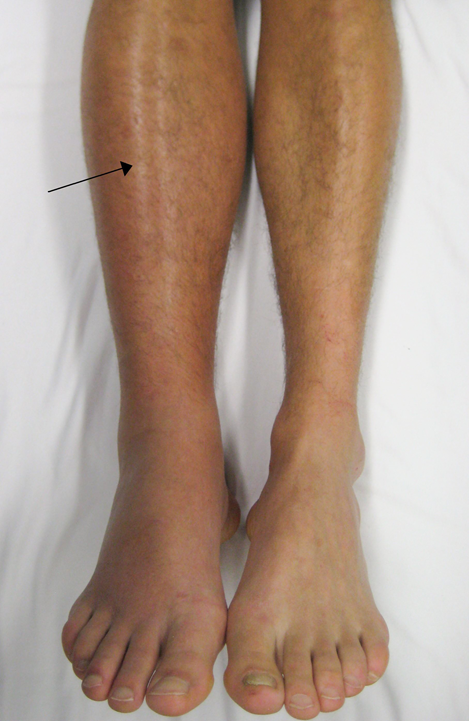
Major surgeries, like a C-section, increase the risk of DVTs more than minor surgery, such as having your tonsils removed

Lymphoma and leukemia, 2 types of blood cancer, also increase the risk of DVT. People with cancers of the brain, ovaries, pancreas, colon, stomach, lung, kidney, or liver are at increased risk of developing DVTs. Researchers and health care providers have noticed a link between certain types of cancers and blood clots. Smoking further increases this risk, which is why birth control pills aren’t recommended for women who smoke. Hormone replacement therapy (HRT) and birth control pills both increase the risk of blood clots and DVTs. Estrogen use, including the use of oral contraceptives (birth control pills).The risk of developing a DVT remains high in the first 6 weeks after you give birth. Pregnancy also decreases blood flow to the lower legs, increasing the risk of DVT. High hormone levels during pregnancy make the blood prone to clotting.

When the inside lining of a blood vessel is damaged, blood is more likely to clot. Factor V Leiden thrombophilia is an example of a disorder that increases the chance of developing harmful blood clots and DVTs. Sometimes, clotting problems run in families. When your body remains in one position for a long time, blood is more likely to pool and clot. Sitting for long periods of time, such as during long-distance travel or long-term bed rest.Some of the most common causes and contributing factors include: If you have these symptoms, get emergency help right away. PE symptoms always require prompt medical assessment. Symptoms of a PE can occur suddenly and without warning. Light-headedness, fainting, and unconsciousness (for large clots).Sharp chest pain that worsens after taking deep breaths.

Symptoms of a PE, a blood clot that has traveled to the lungs, include:
#DEEP VEIN THROMBOSIS SYMPTOMS LEG SKIN#


 0 kommentar(er)
0 kommentar(er)
